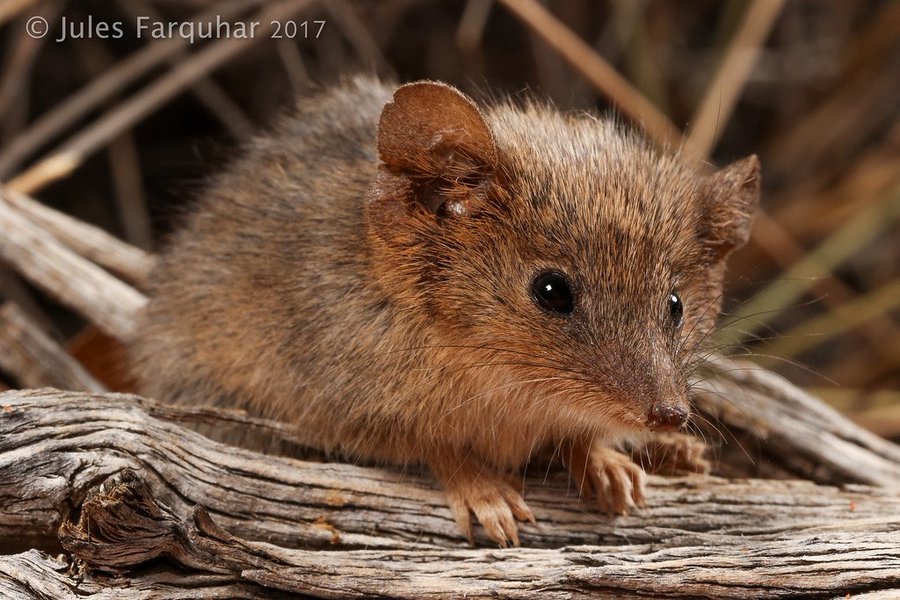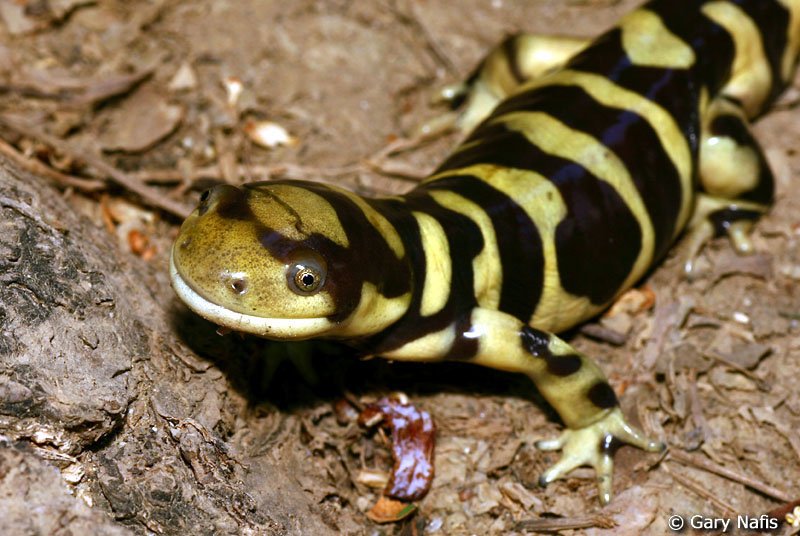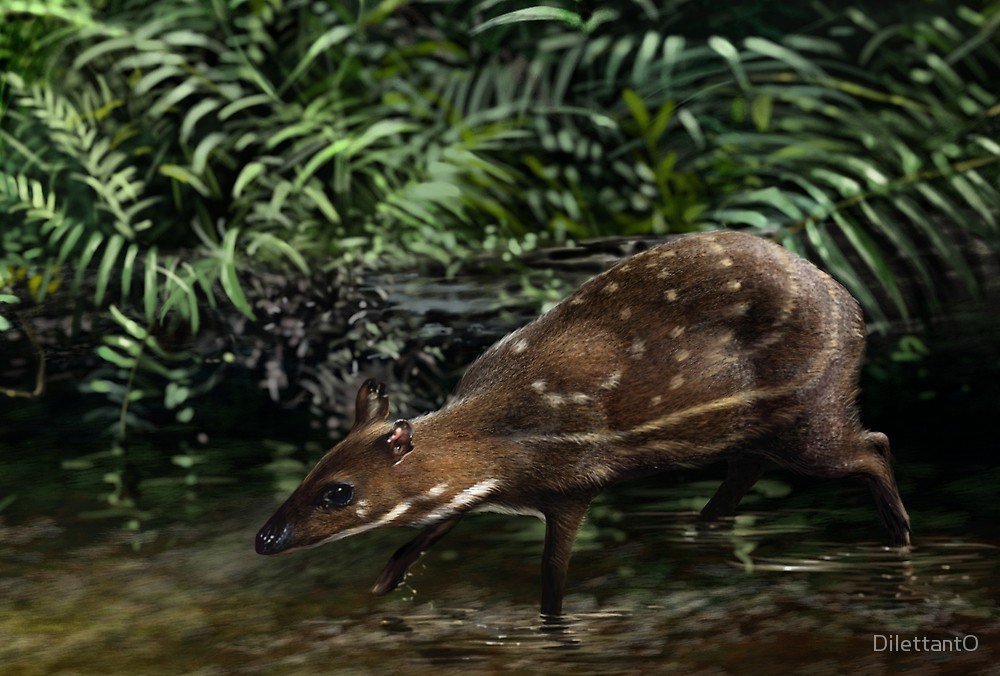
NEXT UP: #2 seed RED WOLF versus #15 seed GIANT GOLDEN MOLE, co-written by @EvolEmpiricist @StoneLab_ASU & ME!! #2021MMM 



Giant Golden Moles are ~20 cm long & up to 539 grams (4x the size of other golden moles!). They vary in color, outer fur can be slate, dark brown, reddish or yellow-ish buff (Poduschka 1980) #2021MMM 

Giant golden moles share some of the same bones as other animals but THEY HAVE 3 FOREARM BONES & WE HAVE 2! Skeletal similarities can be used to evaluate species relatedness & last common ancestor (Seiffert 2007) #2021MMM ck12.org/section/eviden… 

Historically scientists used how an animal looks/is shaped (morphological features) to classify species. Golden moles were grouped w/ N. American moles but molecular biology shows they are unique to Africa & more closely related to elephants (Stanhope et al 1998) #2021MMM 

Globally, there are several species in the genus Canis, which includes wolves, coyotes & jackals. Red wolves have a fairly small range that was historically restricted to eastern North America & now may be restricted to North Carolina #2021MMM 

Red wolves are protected under the Endangered Species Act, but are they a species? Subspecies? Canids (like red wolf) show interspecific gene flow...resulting in debates about their status as well as recovery efforts sciencedirect.com/science/articl… #undfig1 #2021MMM 

How/when did grey/red/Mexican wolves get to the Americas? Does time (& extent of diff) help w/question of species vs. subspecies? Ancient & modern wolf mtDNA shows expansion of modern wolves from Beringia (replacing ancient) ~25 kya onlinelibrary.wiley.com/doi/full/10.11… #2021MMM 

Tonight's battle take place in the Alligator River National Wildlife Refuge in coastal North Carolina, where #ActualLivingScientist @joeyhinton22 & @wild_ecology have tracked red wolves! Still limiting travel? You can take a virtual refuge tour! #2021MMM fws.gov/refuge/alligat…
The habitat of the refuge is similar to prime Giant Golden Mole on the Eastern Cape Province of South Africa. Giant golden moles are threatened by human development & DOMESTIC DOGS. They are @IUCNRedList #Endangered (Bronner 2015) #2021MMM 



Giant Golden Moles have a sprawling posture ideal for fossorial life but is awkward for moving on the surface. (Lin et al. 2019) #2021MMM 

Mole moves toward the streambank w/ a wiggle-like gait, using it's thumbs to burrow into the rich organic soil (Lin et al 2019) Pic: @wild_ecology #AllThumbs #2021MMM 

Red wolves like most canids are opportunistic predators & the majority of their diet is mammals. Although deer & raccoons are the most common prey in this habitat, rabbits & rodents are commonly eaten by wolves living near farms, which can help w/ pest control! #2021MMM 

An adult male Red Wolf weighing in at 27.5kg is on patrol, quietly trotting the perimeter of the pack's territory, scanning for co-occuring carnivores he would like to displace (Dellinger et al 2011) Pic: @wild_ecology #MoveAlong #2021MMM 

Red wolf approaches a road & decides to cross under a bridge when something catches his eye... Pic: @wild_ecology #2021MMM 

Wolf cautiously approaches the wiggling Mole, partially burrowed into the ground with it's hind end sticking out. Wolf does an exploratory 'tap-tap' with his nose & the wiggling Mole pauses then wriggles intensely #2021MMM 

Red wolf pounces, clasps the Mole w/ it's entire mouth & drags the mole from the burrow. Red Wolf shakes the Mole vigorously, snapping Mole's spine, drops it on the ground to tear with #canines & shear with #carnassials #BiteSizes #2021MMM #Snacks #CARNAGE [gif: Snackalicious]
RED WOLF CONSUMES GIANT GOLDEN MOLE!!!!! #2021MMM
• • •
Missing some Tweet in this thread? You can try to
force a refresh



























